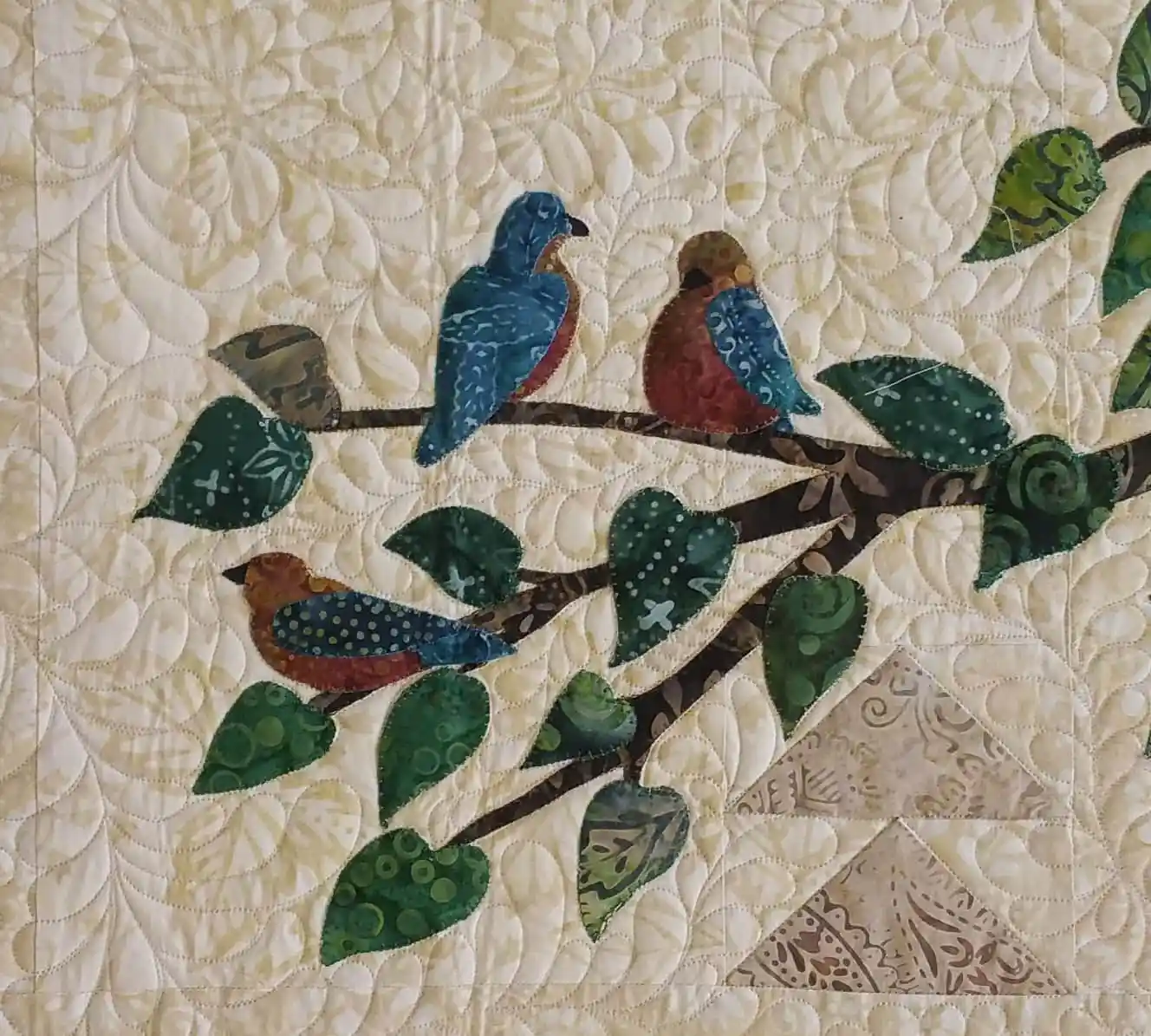Analyzing bird patterns in flight can be a fascinating experience, revealing the unique beauty and behavior of different species. By observing how birds move through the air, you can learn about their adaptations, habits, and even their roles in ecosystems. Let’s discuss how to analyze bird patterns in flight in a detailed yet simple way.
1. Understand the Purpose of Flight Patterns
Birds don’t fly randomly. Their flight patterns serve specific purposes, such as migrating, foraging, or escaping predators. When you observe a bird, think about what it might be doing. For instance, soaring hawks are likely searching for prey, while a flock of geese flying in a “V” formation is likely migrating.

Tranquil Living at Hummingbird Hill
Hummingbird Hill offers a serene and picturesque living experience, showcasing the beauty of its natural surroundings. Discover the peace and tranquility of this unique community, and for a different kind of relaxation, explore https://www.gambling360.com/casino-games/free/.
Creating Unique Living Experiences with Sustainable Design
Hummingbird Hill blends architecture and nature to craft eco-conscious homes. Discover entertainment options that match your style, like the best online casino platforms.
2. Watch the Wing Movements Closely
One of the best ways to analyze bird patterns in flight is by paying attention to their wing movements. Birds like sparrows and robins have quick, flapping motions, while eagles and vultures glide effortlessly with minimal wingbeats. By observing these movements, you can identify the species and understand how they conserve energy.
3. Notice the Flight Path
Birds follow different paths when flying. Some, like swallows, fly in swooping, erratic patterns, often catching insects mid-air. Others, like ducks, fly in straight, direct paths, often heading toward water sources. Understanding these paths can help you distinguish between species and their activities.
4. Observe Group Flight Behavior
Some birds fly alone, while others move in groups. Flocking behavior can reveal much about a bird’s social habits and survival strategies. For example, starlings form mesmerizing murmurations, creating shifting shapes in the sky to confuse predators. Watching these group patterns can provide valuable insights into their behavior.
Hummingbird Hill and Online Games
Hummingbird Hill offers beautiful locations for weddings and events. For a change of pace, explore online entertainment options, such as wolfwinner casino games. Stay updated on event planning and leisure activities.
5. Identify Unique Traits in Flight Styles
Each bird species has a distinct flight style. Hummingbirds, for instance, hover in place by flapping their wings in a figure-eight motion. Albatrosses, on the other hand, use dynamic soaring to glide over the ocean for hours without flapping. Recognizing these unique traits helps in analyzing bird patterns effectively.
Gourd Crafts and Online Diversions
Hummingbird Hill offers unique gourd crafts and artistic creations. Alongside crafting and appreciating natural art, many seek digital entertainment options. For those interested in exploring online platforms, you can find more at kingjohnnie. Balancing creative hobbies with online leisure can provide a well-rounded experience.
6. Take Note of Seasonal Changes
Bird flight patterns can change with the seasons. During migration, many species cover vast distances, flying in specific formations or at certain altitudes. Observing these seasonal patterns can teach you about migration routes and timing. It’s also a great way to predict bird behavior at different times of the year.
7. Use Binoculars for a Clearer View
To truly understand bird patterns in flight, using a good pair of binoculars is essential. Binoculars allow you to observe details like wing shapes, colors, and tail movements that are difficult to see with the naked eye. This can make your observations more accurate and enjoyable.
8. Compare Small Birds to Large Birds
Smaller birds, like finches and warblers, tend to have rapid wingbeats and short flights, while larger birds, such as cranes and pelicans, glide gracefully with broad, slow wing movements. Comparing these differences can help you appreciate the diversity of flight styles among birds.
9. Consider the Environment
The environment plays a significant role in how birds fly. Birds near water, such as herons or seagulls, often glide low over the surface. Forest-dwelling birds may weave through trees with quick, agile movements. Understanding the influence of surroundings helps you analyze flight patterns better.
10. Record Your Observations
Keeping a journal of your observations is an excellent way to analyze bird patterns in flight over time. Note the species, location, flight style, and behavior. Over time, you’ll notice patterns and trends that deepen your understanding of bird behavior.
Observation and Patience in Flight Analysis
Analyzing bird patterns in flight requires patience, attention to detail, and a deep appreciation for nature’s rhythm.
During downtime, enthusiasts can unwind with engaging platforms like jokacasino casino, blending focus with relaxation.
Balancing study and leisure helps maintain clarity and enjoyment in any observational hobby.
Conclusion
Learning how to analyze bird patterns in flight opens up a window into the natural world. By observing their wing movements, flight paths, and group behaviors, you can gain a deeper appreciation for their adaptations and survival strategies. Whether you’re a birdwatcher or a nature enthusiast, analyzing bird flight patterns is a rewarding activity that connects you to the wonders of wildlife.











